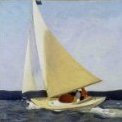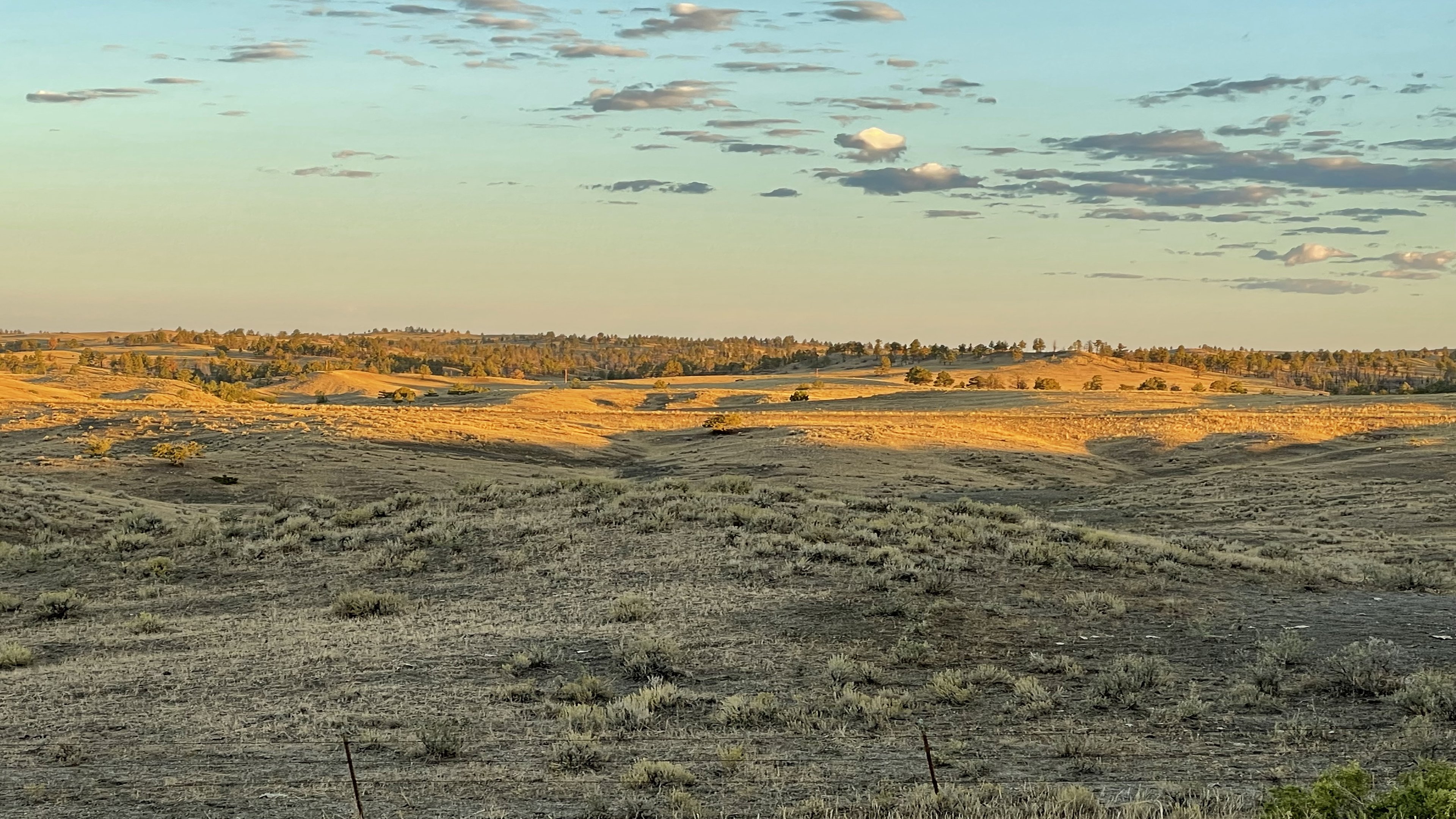-
Posts
654 -
Joined
-
Last visited
Content Type
Profiles
Forums
Gallery
Events
Everything posted by Jay 1
-
Well done and congratulations on a superb build, Mike! Cheers, Jay
- 137 replies
-
- finished
- model shipways
-
(and 1 more)
Tagged with:
-
Looking very nice, Gregor! Here's a link to high resolution photos of the contemporary model on which Petersson based his drawings: http://www.modelships.de/Museums_and_replicas/Science_Museum_London/gIMG_0583.jpg This unidentified model was on display at the Science Museum in London but sources told me that the model has since vanished (I believe before the museum took down all their ship displays). In his Rigging Fore-and-Aft Craft, Petersson mentions that he believes this cutter that he based his drawings on is the HMS Expedition. Unfortunately, the NMM doesn’t have images of the draught available online. According to Lyon, the Expedition is of the Sprightly Class, 1777 (Sailing Navy List, 101). The draught in Lyon of the Sprightly clearly differs from the model photo. The Sprightly more resembles the Alert in terms of her rails, ports, and so forth; however, all that may not be applicable to the Expedition—hard to know without seeing her draught. The take away here is that though this ship possibly post dates the Sherbourne by about 15 years, you're probably on solid ground using most of the rigging details in Petersson and these images. One caveat, however, is since the the model is unidentified, it could be a cutter much later than 1777.... An issue that I haven't yet researched in depth is whether or not top gallants were consistently or inconsistently either fore or aft the top masts on small craft during the Sherbourne's time period. From about the mid-1770s onward, the top gallant is depicted as fore the top mast on the contemporary models and in the paintings I've looked at thus but for earlier periods I'm not yet sure. This one of those small details that’s been niggling at me for a while, and so far the material I've looked at has been inconclusive...I'm finding that the research on this detail will take a lot more time and digging. Anyway, I hope this is of some help! Cheers, Jay
- 210 replies
-
- Sherbourne
- Cutter
-
(and 5 more)
Tagged with:
-

Spare planks
Jay 1 replied to Don Quixote's topic in Building, Framing, Planking and plating a ships hull and deck
Brian, Model Expo usually will replace parts like planks free of charge so might try reaching out to them: http://www.modelexpo-online.com/contact.asp Cheers, Jay -
Ira, here's an excellent example from Dan Vedas' HMS Vulture log: http://modelshipworld.com/index.php?/topic/230-hms-vulture-by-dan-vadas-1776-148-scale-16-gun-swan-class-sloop-from-tffm-plans/#entry5141 Here's another example from Ed Tosti's Young America log: http://modelshipworld.com/index.php?/topic/3453-young-america-by-edt-extreme-clipper-1853/?view=findpost&p=109904 In a scratch log, go to the 1st log page and type in rabbet in the search box at the top of that page and you should get all mentions of rabbet in the log. Cheers, Jay
-
While it's your choice to either include or not include the rabbet, Ira, I think including it in (even if you don't plank) will give your build greater authenticity--they were very much a part of a wooden ship. Perhaps looking at some of the great scratch logs on the forum will help with your decision and choice. Cheers, Jay
-
Good references for modeling resources can be / are relative to what one is seeking information about; for instance, if I'm seeking info. on cannons, I'd turn to Caruana, Tucker, and perhaps Muller. For general rigging, Petersson; for more specific information Lever, Steel, Marquardt, and Lees all come to mind. With that said, I highly recommend Gary's list of references! He very kindly has provided an outstanding, comprehensive resource for all of us, and I regularly return to his list if I'm seeking info. for which I don't have a reference for or etc: http://modelshipworld.com/index.php?/topic/21-nautical-and-model-building-resources/?hl=%2Bship+%2Bmodeling+%2Bbooks Cheers, Jay
-
Very nice artillery, Tony--excellent lathe work! Your cannons look great and are vast improvements over the kit supplied ones--well done my friend! Cheers, Jay
- 269 replies
-
- Caldercraft
- First build
-
(and 3 more)
Tagged with:
-

Model Machines 4" Table Saw
Jay 1 replied to dewalt57's topic in Modeling tools and Workshop Equipment
Mike, the big knob raises and lowers the blade height. The blade is "locked" into position by inserting the t-handle hex (Al's 1st photo) into the hole near the knob and tightening the set screw that's recessed in the hole. Yep, Mike I also ran into the same situation with dust port-vacuum fitting connections; still haven't found a decent adaptor setup that I'm happy with...more trial and error with this is in my future! Cheers, Jay -
Many smaller vendors don't use PayPal because PayPal charge businesses (~3% + $0.30 per transaction--international can be higher due to currency conversions) fees for accepting customer payments. This is just one more overhead expense from the business' perspective and if the business' margin is tight, these added costs can be killers. Brian's suggestion probably is the easiest way to go. With that said, Jeff is great to work with and his wood and service are stellar! Cheers, Jay
-

Model Machines 4" Table Saw
Jay 1 replied to dewalt57's topic in Modeling tools and Workshop Equipment
Tim, hope you can grab one of these beauties someday. Though you may end up like Mike and me--one Jim tool leads to another then another.... Am hoping Jim comes out w/ an oscillating sander one of these days! Cheers, Jay -

Model Machines 4" Table Saw
Jay 1 replied to dewalt57's topic in Modeling tools and Workshop Equipment
Congrats on your Jim saw, they are awesome--know you'll totally enjoy yours! However, they are dangerous as all get out...not from a getting hurt standpoint but instead to your wallet--you'll likely want to buy other Jim tools after driving his saw for a bit! I have a few other Jim tools and they all are top notch, and I totally love using them. Have fun! Jay -
Inter-library loans are one of the best kept library secrets around (i.e., many folks aren't aware of this wonderful resource); however, most libraries participate. I've borrowed a number of rare tomes over the years that otherwise would have been impossible to obtain. If you're looking for a particular book, give WorldCat a search: http://www.worldcat.org Not only does WorldCat give you information on a book you're seeking, it also lists what libraries around the world that have the book--this is a very useful research tool. Cheers, Jay
-
After you clean the primer and etc. off and give it all a sanding, first put on a coat or two of sealer. From there, give the 1st post in this thread a read--Alistair gives some excellent advice on hand painting, the rest of the thread has good info. also: http://modelshipworld.com/index.php?/topic/6168-how-to-hand-paint-larger-areas-of-a-model/?hl=painting Hope that info. is what you were looking for. Cheers, Jay
-
Thanks, Max--looking forward to this replacement vice, esp. after reading all these great reviews--definitely need this "third hand" in my arsenal of tools! Cheers, Jay
-
Tim, thanks for your answer--very much appreciated! I am definitely sold and will purchase one--that lack of rotation in my current vice is exceptionally frustrating (to the Goodwill it goes). Thanks again, Jay
-
Tim, in reference to your 2nd picture above: When the ball is in that position, can it freely rotate? In other words, in that picture could you rotate the ball so that your ship and vice jaws are vertical? My current vice's ball "locks in" at that position, and thus I can't rotate the vice to other angles, which is often not helpful! Thanks for the great review and your input! Cheers, Jay
-
You'll want the 120v (for the US) model; many other countries are above 220v; therefore, the saw requires a different motor voltage that will run under those respective voltages (it's common for power tools and etc. that are sold world wide to come in 110-120v & 220-240v versions). Cheers, Jay
-
Yep, save up for a Byrnes saw--for a bit more, it's definitely worth it! Cheers, Jay
About us
Modelshipworld - Advancing Ship Modeling through Research
SSL Secured
Your security is important for us so this Website is SSL-Secured
NRG Mailing Address
Nautical Research Guild
237 South Lincoln Street
Westmont IL, 60559-1917
Model Ship World ® and the MSW logo are Registered Trademarks, and belong to the Nautical Research Guild (United States Patent and Trademark Office: No. 6,929,264 & No. 6,929,274, registered Dec. 20, 2022)
Helpful Links
About the NRG
If you enjoy building ship models that are historically accurate as well as beautiful, then The Nautical Research Guild (NRG) is just right for you.
The Guild is a non-profit educational organization whose mission is to “Advance Ship Modeling Through Research”. We provide support to our members in their efforts to raise the quality of their model ships.
The Nautical Research Guild has published our world-renowned quarterly magazine, The Nautical Research Journal, since 1955. The pages of the Journal are full of articles by accomplished ship modelers who show you how they create those exquisite details on their models, and by maritime historians who show you the correct details to build. The Journal is available in both print and digital editions. Go to the NRG web site (www.thenrg.org) to download a complimentary digital copy of the Journal. The NRG also publishes plan sets, books and compilations of back issues of the Journal and the former Ships in Scale and Model Ship Builder magazines.


